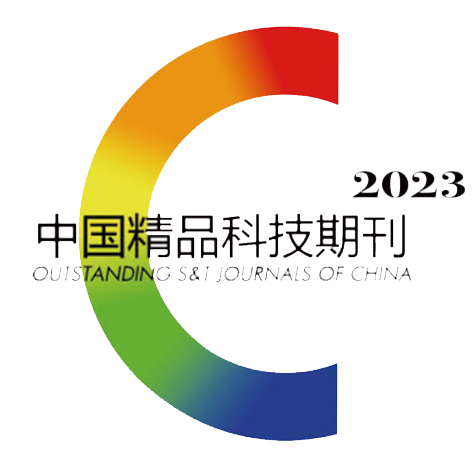Effects of Drying Methods on Volatile Components of Summer Green Tea
-
Graphical Abstract
-
Abstract
The effects of different drying methods on volatile components of Chongqing local green tea were studied in this research. Gas Chromatography-mass Spectrometry (GC-MS) was used to analyze the components collected by Headspace Solid-phase Micro Extraction (HS-SPME), and the method of odor activity value (OAV) was employed to investigate the aroma-active compounds in different ways of drying process. The results were as follows: A total of 120 kinds of volatile components were identified in these tea samples, mainly including alcohols, esters, alkene and aliphatic hydrocarbon compounds. Compared with baking, the samples that combined baking with sun-drying showed an increase in the variety of alcohols, among which the contents of linalool, trans oxidized linalool, 4-terpenol, 2-decene-1-ol, Neroli tertiary alcohol and other terpenols increased significantly, while no obvious change had been observed in aldehydes and ketones. In the meantime, there were distinct differences in ester types and others presented inconsistent changes. On the whole, more volatile components could be retained by drying at 60 ℃, while the total content of volatile components showed a rise at first and then falling with the increase of sun-drying time under the same baking temperature. β-ionone and myrcene were the common aromatic substances among these treatments. The OAV of β-ionone in tea samples ranged from 351.4 to 595.7, which indicated that it had the most contribution to aroma. Moreover, the myrcene also had a significant influence on the aroma of these tea samples due to the OAVs were >1. Therefore, all tea samples showed a fragrance of (slight) sweetness, which is consistent with the sensory evaluation results. However, some special flower and fruit aroma or nut fragrance had not been identified in sensory evaluation owing to the smell that produced by sunlight.
-

-





 DownLoad:
DownLoad: